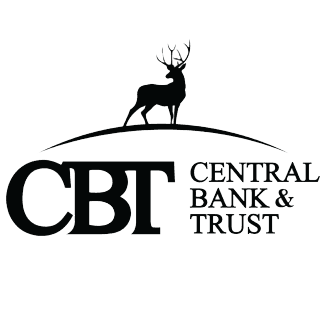- Pause to Stabilize: Cut costs and renegotiate to create breathing room
- Pivot, Don’t Panic: Explore new markets or customer segments while staying agile
- Learn Fast or Fall Behind: Turn setbacks into insights through rapid experimentation
- Guard the Downside: Hedge risks and protect what matters most
600 words ~ 3 min read

Even seasoned leaders know the sting of a strategy that’s no longer working. But the real measure of leadership isn’t avoiding failure—it’s how decisively and creatively you pivot when the path ahead shifts.
When strategic plans falter—whether due to market turbulence, internal missteps, or external shocks—leaders must act not with panic, but with precision. Drawing from Harvard Business Review’s “How to Rescue a Failing Strategy,” here are four pivotal moves to help regain strategic traction.
1. Pause to Stabilize
If your strategy is wobbling, the first priority is to buy time without triggering chaos. Consider:
- Reducing burn rate by cutting non-essential expenses
- Freezing expansion plans that strain resources
- Renegotiating contracts or vendor terms to ease cash flow
Retailers, for instance, might pause new store openings to refocus on e-commerce logistics. Nonprofits may temporarily halt new program rollouts to concentrate on core impact areas.
This strategic pause buys clarity—and the space to think critically.
2. Pivot, Don’t Panic
Locking into one approach can be dangerous when conditions change. Instead, design options:
- Enter adjacent customer segments
- Test low-risk partnerships or distribution channels
- Pilot tweaks to product offerings or delivery models
For manufacturers, this might mean adapting existing equipment to serve a neighboring industry. Professional services firms could pivot to virtual delivery or a subscription-based model.
Related reading: McKinsey on adaptive strategies
3. Learn Fast or Fall Behind
Use turbulence as a catalyst to turn your organization into a fast learner. That means:
- Running controlled experiments on pricing, offers, or ops
- Creating real-time feedback loops from customers and staff
- Making strategic reviews more iterative, less static
Construction firms might beta-test prefab components for speed and cost. Tech startups could A/B test UX changes weekly.
Also worth reading: Bain on learning organizations
4. Guard the Downside
Pivots come with risk. Your job? Minimize exposure while staying bold.
- Cap investments in unproven ideas
- Increase controls around key financial or operational processes
- Develop contingency plans for likely risk scenarios
Think of this as smart aggression—pushing forward without leaving your core vulnerable.
Bottom Line
Every organization will face moments when strategy falters. The difference lies in the response. Leaders who act with focus—stabilizing, experimenting, and protecting—don’t just recover; they reposition for smarter, stronger growth.
—
The Lander Chamber of Commerce is a private non-profit organization that aims to support the growth and development of local businesses and our regional economy. We strive to create content that not only educates but also fosters a sense of connection and collaboration among our readers. Join us as we explore topics such as economic development, networking opportunities, upcoming events, and success stories from our community. Our resources provide insights, advice, and news that are relevant to business owners, entrepreneurs, and community members alike. The Chamber has been granted license to publish this content provided by Chamber Today, a service of ChamberThink Strategies LLC.




















